Aragawa in Mayfair opened in October 2023. The original Aragawa in Kobe dates back to 1956, set up by Jiro Yamada (RIP). There is also a Tokyo branch set up in 1967 run by his son Mitsuya Yamada, which is quite separate from the Kobe Aragawa; it is the Tokyo Aragawa that have opened up a branch in Mayfair. The London Aragawa has in its kitchen head chef Fumiya Kase, who previously cooked at Michelin-starred French restaurant L’Orgueil in Tokyo, and steak expert Kazuo Imayosh, who has transferred here after four decades at the Tokyo Aragawa. Like its namesakes, this is a steak restaurant dedicated to showcasing Kobe beef.
Before I talk about my experience here, an excursion into Japanese beef may be useful in order to set the scene. Consumption of beef in Japan started only in 1872, when Emperor Meiji of Japan publicly ate beef for the first time; previously cattle were used only as draught animals. Beef consumption grew considerably, and by 1988 an elaborate grading system for Japanese beef (wagyu) was introduced. These set standards for yield grade (A-C) and quality (1-5) which is why you sometimes hear of beef that is “A4” grade, for example. In fact, the system goes deeper than that, with scores for marbling from 1-12 on seven different measures: firmness, texture, colour, brightness, fat colour, lustre and quality. The word “wagyu” literally means “Japanese beef”: wa = Japanese and gyu = beef. In 1997 an export ban was brought in to retain exclusivity of wagyu, though some wagyu bulls had been exported prior to that (such as in 1975 to the US), which is why you hear the term wagyu from other countries (Australian wagyu, Highland wagyu etc). The Japanese export ban was lifted in 2009. Four breeds of cattle were classified as wagyu: Kuroge (black), Aakage (brown), Mukaku (polled) and Nihon Tankaku (shorthorn). Within the Japanese black cattle breed, Tajima cows (one of three main bloodlines, others being Shimane and Kedaka) are the ones noted for their high quality and marbling, having smaller frames and slower growth rates. Tajima cows come from Hyogo prefecture, which includes the city of Kobe, its capital. Only cattle of this strain actually raised in Hyogo that meet specific criteria (such as being at least 28 months of age and reaching a beef marbling standard of 6 or more out of 12) can legally be called Kobe beef. Even within Kobe beef there are further distinctions. The Sanda area in particular is noted for its high quality, with production of Kobe cattle in Sanda at only around a thousand head of cattle per year, a third of overall Kobe production. This is the beef served at Aragawa. As a final refinement, only heifers are used i.e. female cattle that have not given birth. The meat from the different prefectures in Japan varies quite a lot, with Matsusaka being perhaps the most prized, being even pricier than Kobe. Other wagyu can be found from Kagoshima, Omi (in Shiga), Miyazaki, Hida and Yonezawa, amongst others. Within each prefecture, there are different farmers with different levels of reputation for quality, so it is a complex picture.
Wagyu has a mild flavour and is only aged for a short time if at all, perhaps up to three weeks. There are various myths perpetuated about Kobe cattle. In reality, they are fed maize, barley and rice straw (hay) and they generally drink local spring water rather than beer as the legend goes; nor are the cattle, as far as I can tell from my research, really massaged by farmers, or indeed anybody else. The end result is meat with a lot of marbling from fat that melts when cooked, imparting a distinct flavour and a more buttery texture compared to normal beef.
The beef at Aragawa is cooked over imported Japanese binchotan white charcoal made from ubame oak, prepared in a custom-built kiln. There is no flame-grilling here. Binchotan imparts a very gentle smokiness compared to other charcoal. The only seasoning is crushed Maldon salt and ground black pepper. The kiln reaches 600C, with a separate section at a lower temperature where the meat is allowed to rest after cooking.
The menu at Aragawa was a la carte, with a three-course lunch menu at £260 including some selected cuts of beef. Starters on the a la carte range from beef consommé (£20) to beef tartare (£75). There are five different steak offerings. These are priced at £580 for a 400g (14oz) rump (from Arii farm, age 33 months) through to 400g of sirloin (from Okazaki farm, age 40 months) at £900. You can see from the sizes that these are portions to share. By comparison, another Mayfair steak house sells wagyu, though not this particular one, in portions of 6oz = 170g, so the prices are somewhat less dramatic than they appear at first. Incidentally, if a pescatarian got lost and stumbled in, or decided to come here anyway then they can order lobster, at £160 for a whole Scottish lobster. No less than ten different cooking temperatures for the steaks are offered, from very rare to very well done, though quite why anyone would pay this much for a steak and then order it well done is beyond me.
The wine list had 162 labels and ranged in price from £65 to £49,000, with a median price of £265 and an average markup to retail price of 2.6 times, which is actually very kind by London standards, let alone Mayfair ones. Sample references were Domaine Guyon Bourgogne 2018 at £90 for a bottle that you can find in the high street for £67, Chateau Chantelcler 2018 at £125 compared to its retail price of £114, and Fernand & Laurent Pillot Chassagne-Montrachet 2020 at £140 for a wine that will set you back £90 in the high street. For those with the means there was Sassicaia Tenuta San Guido 2005 at £800 compared to its retail price of £348, and Bodegas Vega-Sicilia Único 2018 at £700 for a wine whose current market value is £385. 77% of the list is from France, with a single bottle from Japan, and 7% of bottles were priced under £100.
The dining room seats 26 guests at capacity. It is spread across two floors and there is also a private dining room on the ground floor for up to fourteen guests. The knives here are, unsurprisingly, Japanese, from the company Ryusen Hamono in Echizen in Fukui prefecture, who have been making knives since the 1950s. As we sat down, we were shown the various cuts on offer that night, all A5 grade. There was sirloin from Okazaki far, (from a 46 month old heifer), sirloin from Ooicihi farm (32 month old heifer), rumichi rump from Okazaki farm (32 month old heifer) and fillet/tenderloin from Arii far (34 month old heifer). All the beef at Aragawa is from Hyogo prefecture. The beef is flown over to the UK immediately after slaughter, and is in the restaurant just a couple of days after the final day of life of the cow. It is not aged at all, and will have a maximum of 45 days of shelf life at the restaurant.
The meal began with some simple canapes. Quail egg on crispy rice cake with “platinum” caviar, a hybrid of oscietra and Siberian sturgeons, supplied by Kings caviar. This was a pleasant way to begin the meal. I preferred saffron octopus ceviche with pickled shallots and lime. The octopus was reasonably tender and the marinade had a pleasant acidity that was not too sharp. There was also shabu shabu beef slices (the Okazaki sirloin) with spring onion and quail egg yolk and beef broth. Shabu shabu is a hotpot dish where thin slices of meat are boiled in water. The shabu shabu name came from a restaurant called Suehiro in Osaka, who registered it as a trademark in 1952. This was pleasant though for me this method of cooking is not the optimal way to show off the meat (14/20 canapes).
Beef consommé was made using thinly sliced sirloin, celery and carrots, so no onions or other elaboration like crushed peppercorns that you might find in a classic French version. This was certainly very enjoyable, though perhaps a touch more salt might not have gone amiss, at least to my taste (14/20).
We then had beef “tartare” using rump steak from Oyazaki farm. I use the quotation marks since the beef was not raw but rather it was very briefly seared before being chopped, then mixed with black olive paste and finely diced red prawn (from Portugal), semi dried tomatoes, black olive paste, confit shallots, cashews and radicchio leaves with a garnish of amaranth. There were also dots of Balsamic vinegar on the plate, and no sign of any mustard that you might see in a traditional steak tartare. The overall effect was very enjoyable, as the bitter radicchio leaves were an excellent foil for the beef. I am not sure the description of this dish should really be tartare, but it was certainly a nice dish (15/20).
Finally we reached the dish that was really the focus of the meal, the steak itself. This was the sirloin from Ooichi farm. Usually I prefer A4 to A5 steak, which can be so buttery that it barely seems as if you are eating beef at all. What was really good about this sirloin was that it did not taste overly fatty or buttery, but instead had very definite and really top-notch beef flavour, the fat having been complete melted and absorbed into the meat by the high temperature cooking in the kiln. The texture was silky, the flavour rich with umami, the meat melting on the tongue. I have had wagyu many times, both in Japan and the UK. I have never been really happy with the versions I have tried in the UK, and even in Japan the execution of the cooking can result in an overly fatty end product. The beef tonight was really superb. The meat was served simply with a few vegetables: Japanese sweet potato, confit tomato, and very late season green asparagus from Kent. The vegetables were pleasant but unexceptional, and there was no sauce or other elaboration beside a little bowl of quite mild wasabi condiment. The steak here was about as good a piece of beef as you are likely to find, certainly in the UK (18/20 as the accompaniments could be improved, but the steak was essentially perfect).
To finish there was a trio of sorbets: caramel and milk, mango and passion fruit and apricot and bananas, served with Japanese apple. These were fine. Personally, I like the approach in Japan of serving just a perfect fruit, such as a top-quality melon, to finish a meal, but the sorbets were fine (13/20). Coffee was from a company called Fine Coffee Club, and to be honest it wasn’t very good. Hopefully this is an area that can be improved in the future.
The service, led by manager Stephen Williams, was excellent, the staff clearly knowledgeable about the product that they were serving. I normally pay for my meals in full and decline PR style visits, but on this occasion I was approached by a friend who arranged this visit and I did not pay, so just ignore my review if that aspect troubles you. Clearly Aragawa is a high-priced option. If you opted for the set lunch at £260 and shared a modest bottle of wine then you could probably leave with a bill per person of around £340. Clearly if you choose the priciest £900 steak for two and order some wine from higher up the list then you may pay considerably more. Whether you consider that a meal is ever worth that kind of money is very much a matter of personal taste and pocket. People happily pay that kind of money to attend a big sporting final or a VIP ticket to a concert. What is true is that Aragawa serves perhaps the costliest beef on the planet, and to those that can afford it, that is worth something in itself, if only once. It was certainly a rather special experience.





















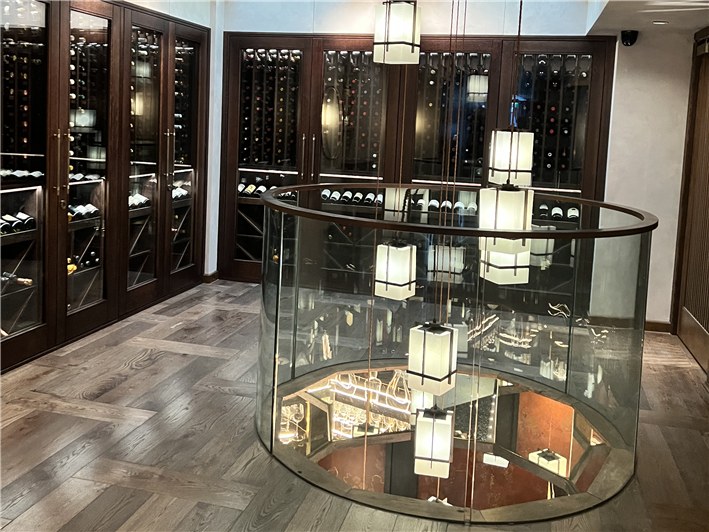

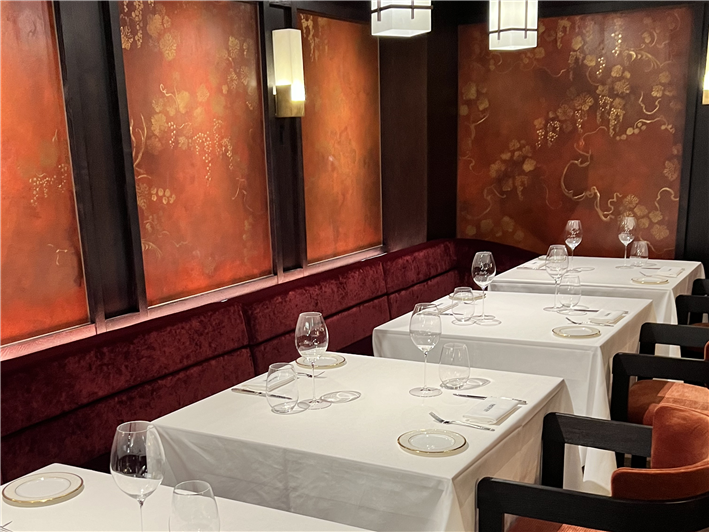
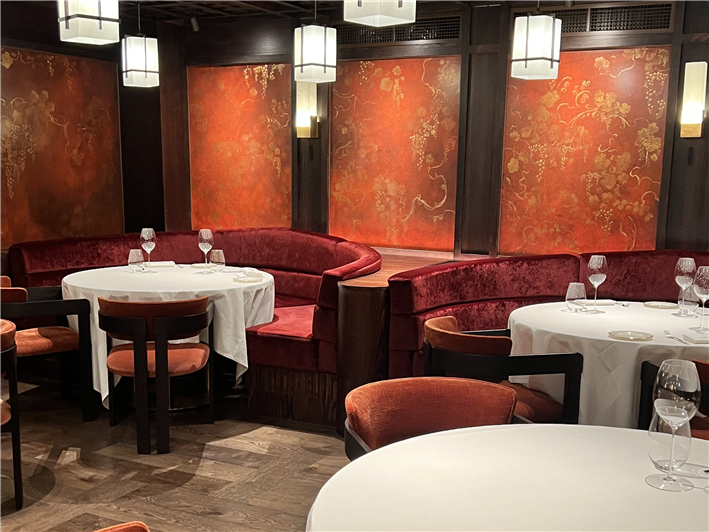




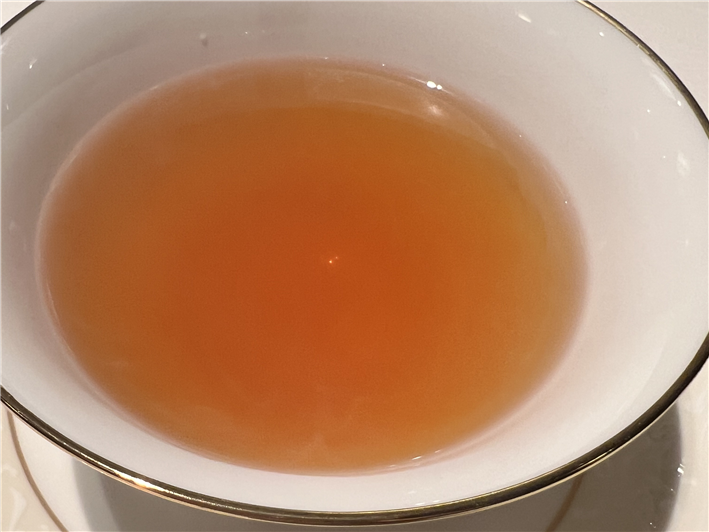

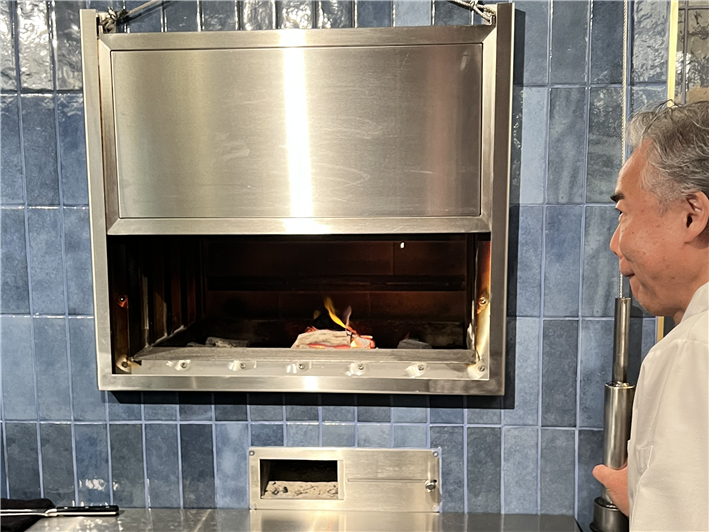
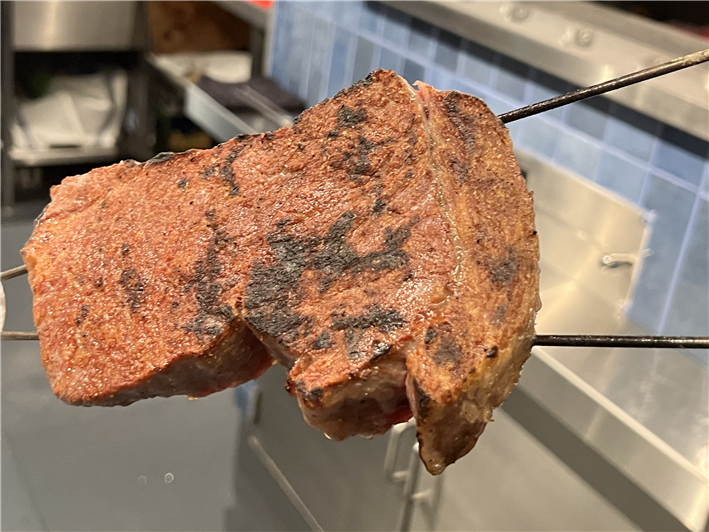
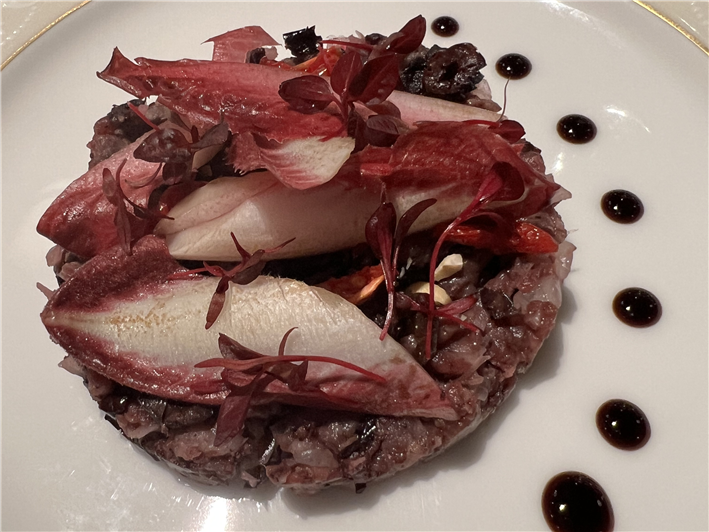

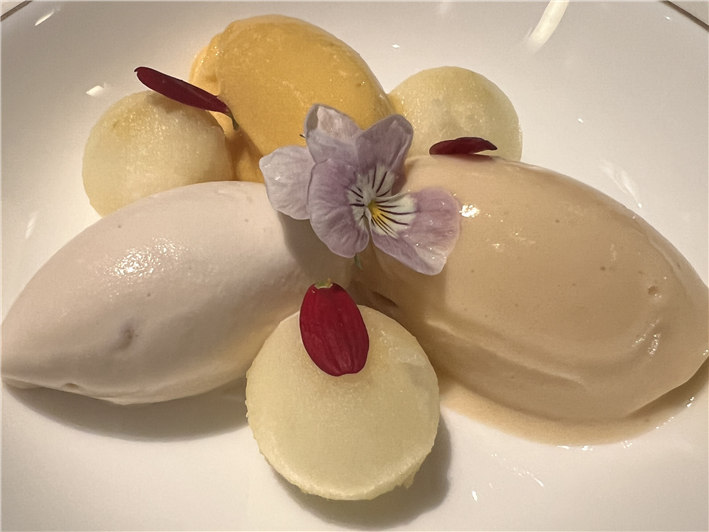
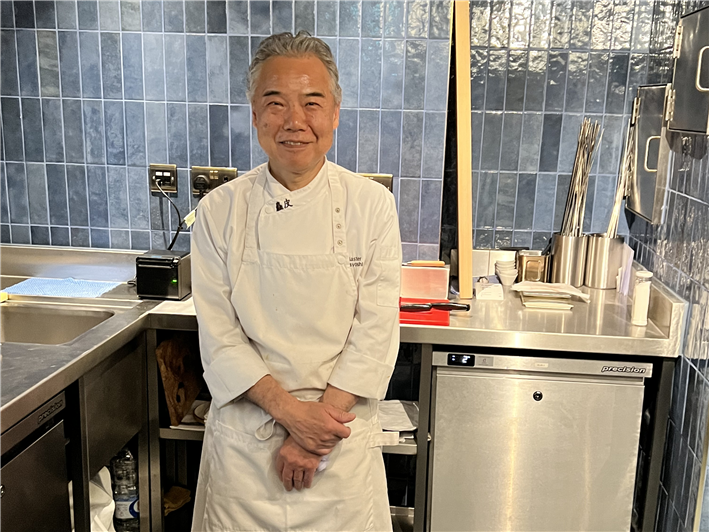

Nigel
If you think eating Wagyu well done is a crime, you should have been with me that time in Japan I saw a man buy a £5,000 bottle of whisky and mix it with coke.